Whether you’re looking to write to market or are scouring manuscript submissions for your next acquisition, knowing what tropes appeal to readers can help inform your decision. We see different trends in different categories. And studying these trends, especially those that have been selling well recently, will help you learn what content can best engage your audience.
To help you get a sense of what’s currently engaging BookBub members, we’re showcasing two trending tropes across each of 15 different categories, along with examples of books that performed well for each trope. These trends and examples are based on our internal engagement data from the past few months as well as our editors’ research. Note that our readers’ tastes change over time, and these are the tropes that are currently trending!
Special thanks to BookBub’s editors for contributing their expertise and trope summaries below!
Crime Fiction Trends
Missing persons
When a person vanishes, they leave dozens of questions in their wake: not just how and why the incident occurred, but sometimes even whether the disappearance was a crime at all. And our readers are loving a good twist right now!
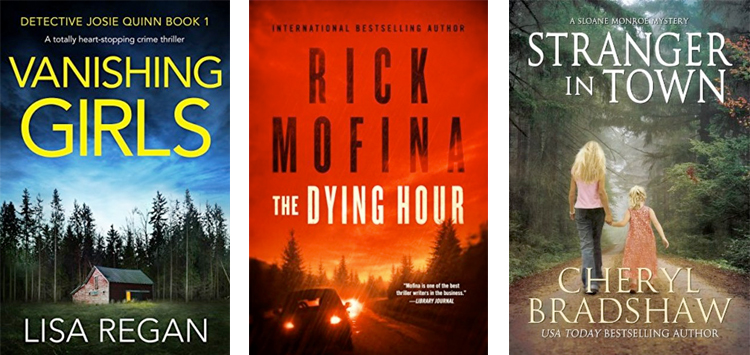
Cold cases
Our puzzle-loving readers enjoy books that reopen a cold case — a crime that’s lain dormant for years, sometimes decades — from a fresh angle, where someone finally finds the tools needed to crack it.
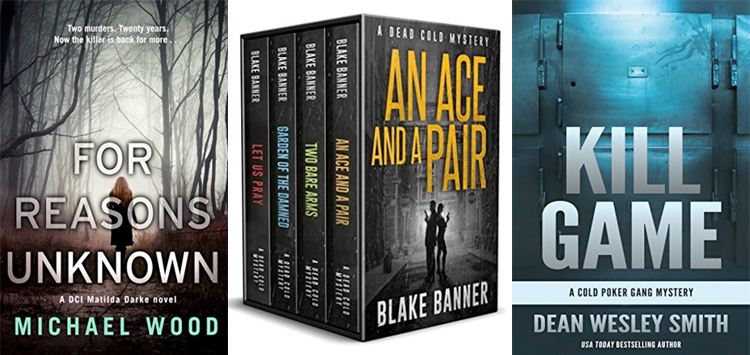
Historical Romance Trends
Marriages of convenience
In historical romances, readers love when heroines must wed the hero for reasons beyond their control, or marry for anything but love — only to find themselves falling head over heels!

Heroes with titles
Dukes might have been few and far between in actual 19th century England, but in historical romance they’re thick on the ground, and our readers have been loving them as heroes lately — along with earls and marquesses.
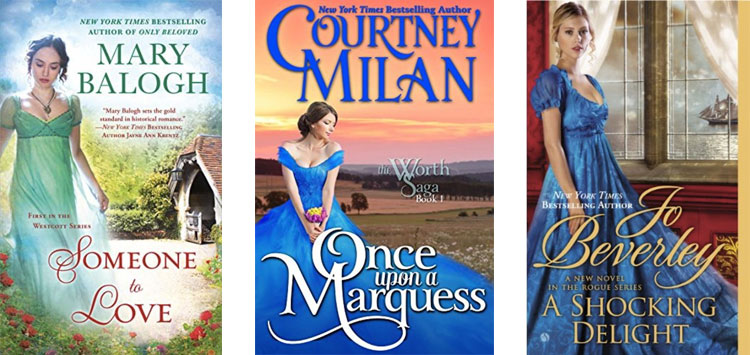
Middle Grade Trends
Fantasy
There’s nothing better than magic with a good dose of whimsy. Middle Grade fantasy often strikes a great balance between the quintessential magical elements our readers love and an inviting tone that appeals to all ages.
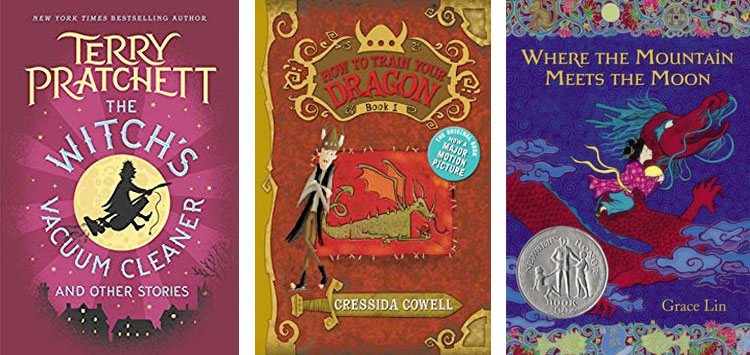
Mystery
Drawing from classic series like Nancy Drew and The Boxcar Children, contemporary middle grade mysteries combine sleuthing with charm for low-stakes puzzles that are fun, exciting, and stress-free.
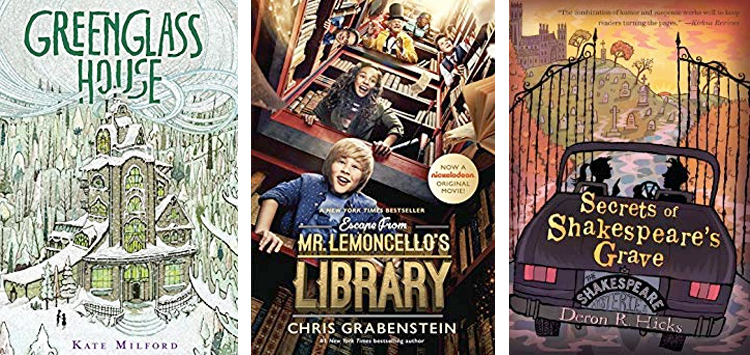
Teen & YA Trends
Contemporary about real world issues
We’ve seen our YA readers turning to books about real-world issues recently, like abuse, suicide, and mental illness, as they explore tough topics through emotional reads.
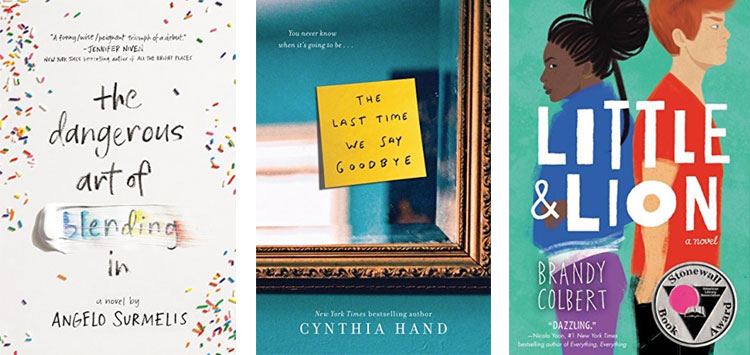
Fairy tale retellings
There’s nothing more satisfying than a new twist on an old favorite. Fairy tale retellings deliver a wonderful mix of familiarity and surprise as they approach the classic happily ever after from a different angle.
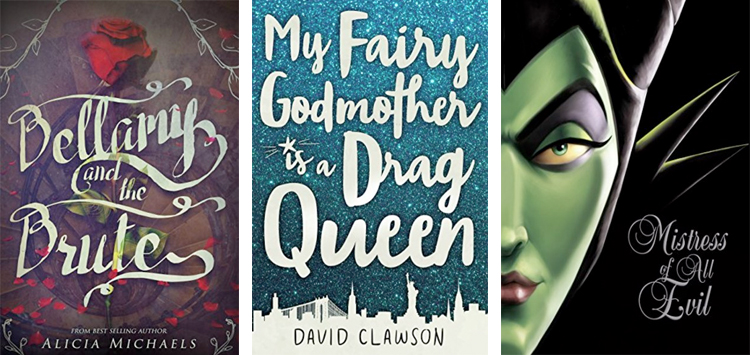
Literary Fiction Trends
Small towns
Literary fiction often helps us reflect on how we as individuals belong in a community. Small towns — where everyone’s business is inescapable — are the perfect settings for exploring the divides between personal ambition, duty, and home.
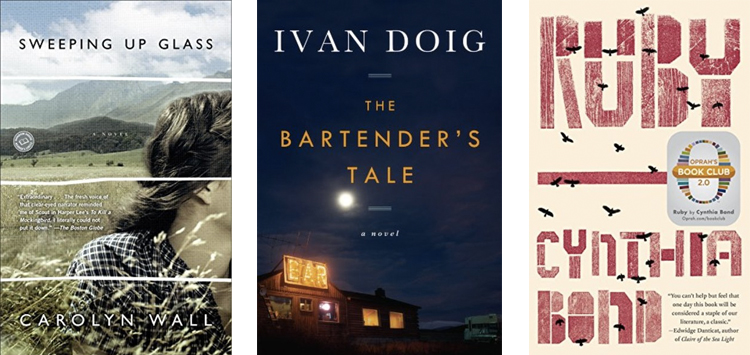
Family sagas
The best literary fiction also helps us understand our relationships with those closest to us. Family sagas allow us to see how characters’ most intimate ties change over time, often underlining the sentiment that you can never truly go home again.
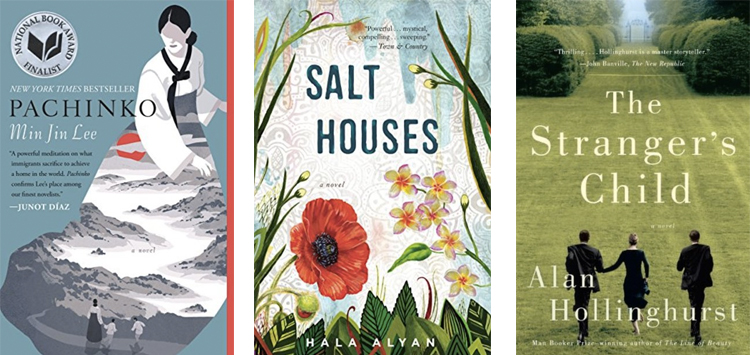
Science Fiction Trends
Box sets
Science fiction stories span galaxies and centuries — and more often than not, several volumes in a series. Our sci-fi readers love good deals that let them visit and stay awhile in worlds beyond our own.
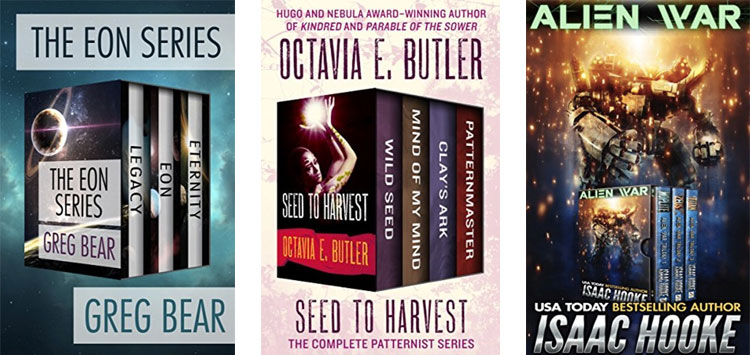
Artificial intelligence
Great science fiction paints a picture of the future that shines a light on the present. Artificial intelligence has been a particularly strong frame for exploring current questions of consciousness, labor, and identity.
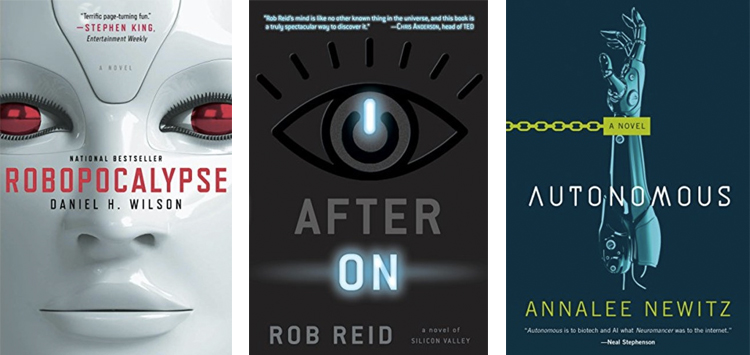
Fantasy Trends
Epic fantasy
Our epic fantasy readers like to be swept up in vivid secondary worlds and love tales with high stakes, magic, and intrigue.
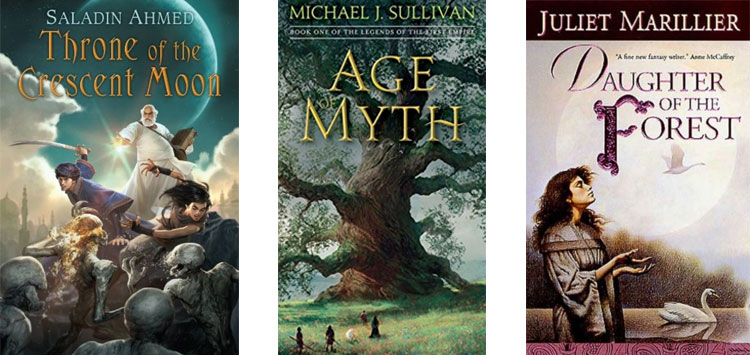
Fairy tale retellings
Fairy tale retellings breathe new life into classic fairy tales and myths, offering either lush reweavings of established storylines or new takes on familiar tropes.
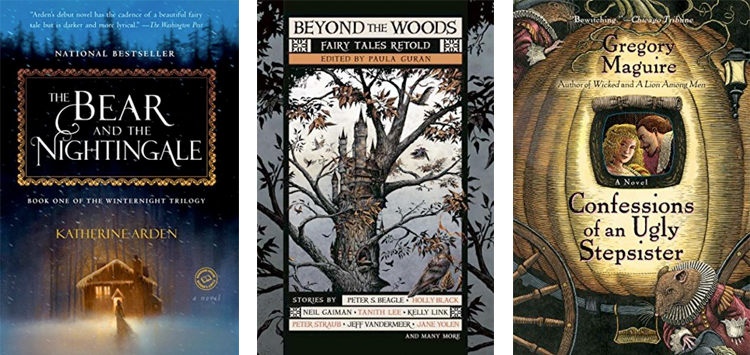
Paranormal Romance Trends
Sci-fi content
Our paranormal romance readers enjoy sci-fi romance tropes, particularly a steamier plot featuring a sexy, alpha alien looking for a human mate.

Fated mates
In the supernatural world, sometimes destiny delivers one’s soulmate, igniting an unfathomable, intense connection. Fated mates is one of our paranormal romance readers’ favorite tropes right now.

Erotic Romance Trends
Billionaires
Sure, you’re probably thinking about Christian Grey from Fifty Shades, but he’s not the only brooding billionaire out there. What woman doesn’t want a wealthy man who can offer her everything her heart desires?
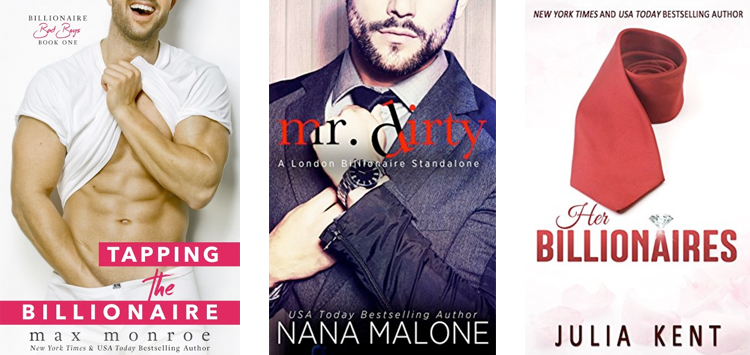
Ménage
Right now our erotic romance readers are loving ménage romance and all the tension and pleasure that comes from adding another person in the bedroom.
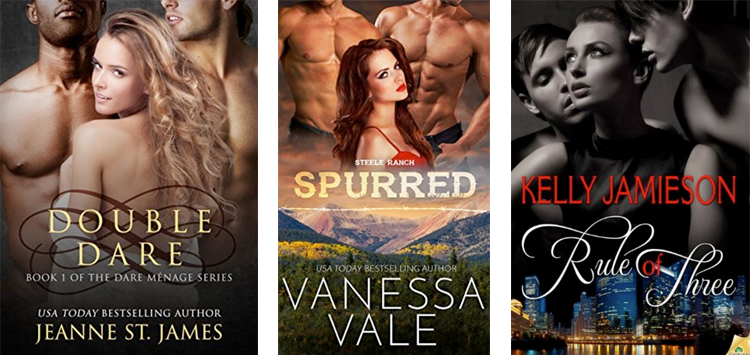
Action & Adventure Trends
Military fiction
In military fiction, protagonists will likely have a degree of experience in the combat and survival departments, so the book’s action sequences will reflect that expertise.
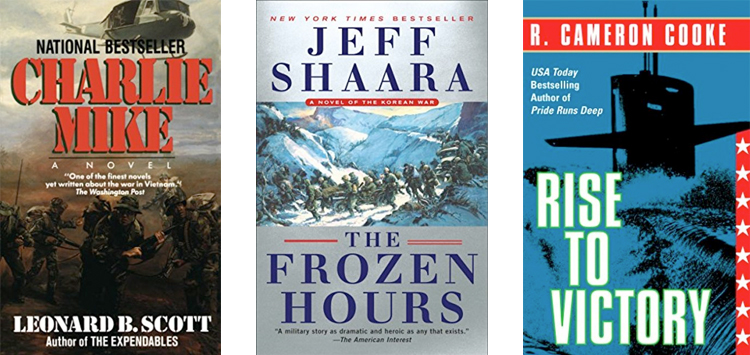
Ancient secrets, codes, and hidden treasure
Given the gargantuan popularity of stories like National Treasure and The Da Vinci Code, it’s no surprise that our action and adventure readers are big fans of books featuring historical clues, hidden treasures, and puzzle elements.

Cozy Mysteries Trends
English village mysteries
Our US readers like to visit the pastoral countryside with English village mysteries — think cozy town centers and witty suspects who are questioned over afternoon tea. The inciting murder typically happens off the page and the amateur sleuth is able to tie things up neatly in the end.
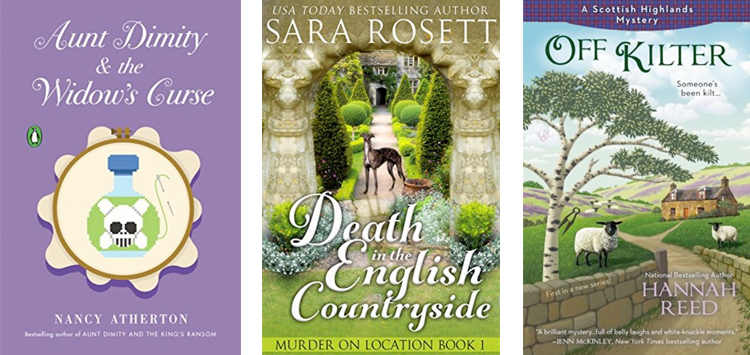
Bookish mysteries
Bookish cozy mysteries have amateur sleuths with one foot in the world of books — often as bookstore owners, book club members, librarians, or authors — and evoke the charm of a reading ritual or the thrill of researching through dusty tomes.
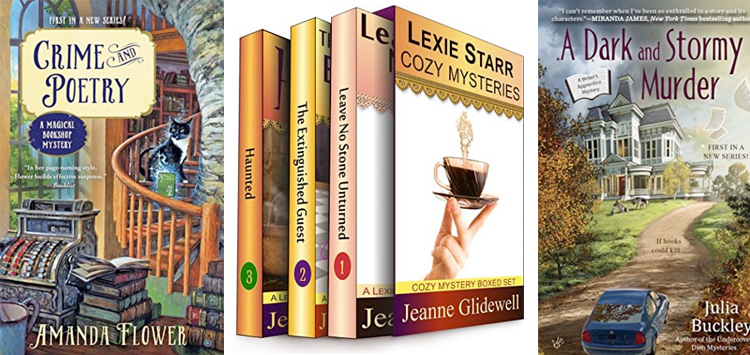
LGBT Trends
Queer literary fiction
Queer literary fiction is often bittersweet, with plots involving difficult choices and self-reflection. It captures parts of the queer experience not always covered in romance or other genre fiction.
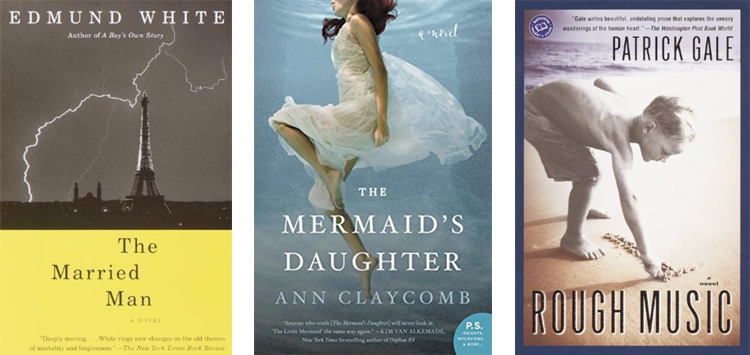
Suspense
In our LGBT category, mystery and thriller plots are popular when they provide a backdrop for a relationship — the central action or investigation creates tension, forcing characters into close quarters and bringing attraction sizzling to the surface.
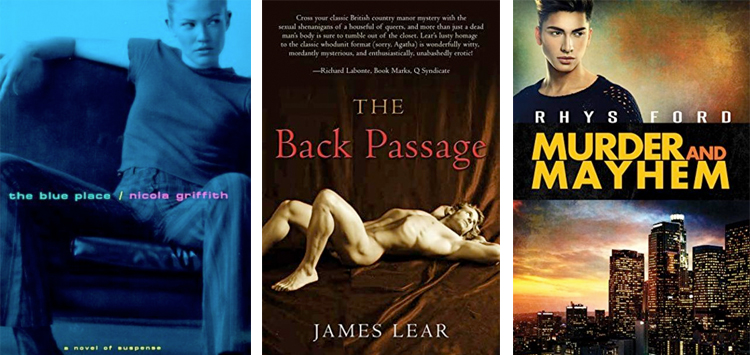
Chick Lit Trends
Opposites attract & enemies-to-lovers
An unlikely couple slowly realizing they’re perfect for one another is a tale as old as time. This classic plotline is a perfect fit for those who want a taste of will-they-won’t-they tension.
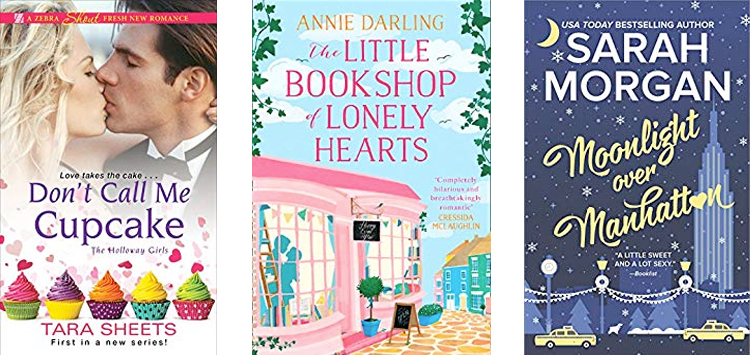
Food
Whether they’re set in bakeries or centered around an aspiring chef, books brimming with food conjure up warmth and coziness — and are sure to satisfy every appetite.
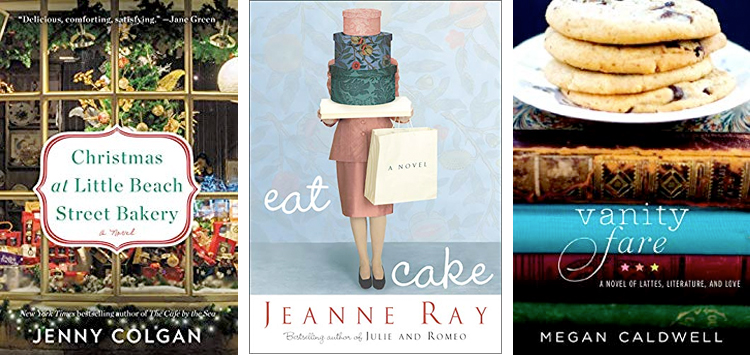
Historical Fiction Trends
World War II
The horror, drama, and emotion of World War II have been depicted in countless bestselling books, and it’s no surprise that the time period continues to enthrall BookBub readers.
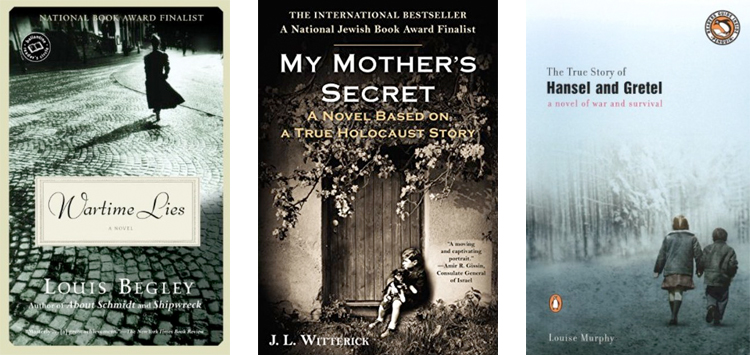
Early America
Looking at recent performances, we can see that BookBub readers love novels set in early America, which often illuminate the dangerous lure of the unknown, the desire for independence, and the promise of a fresh start.

Thrillers Trends
Memory lapses
Lapses in memory bring an added layer of uncertainty to thrillers, forcing us to question whether we can trust the person at the center of the story (or how much they can trust themselves).

Children in peril
Thrillers featuring a child in peril have heightened stakes — the helplessness of the victim means greater urgency to defeat whatever’s threatening them. This is a popular trope across many thriller subgenres, from legal thrillers to psychological suspense!

What category trends do you want us to talk about next? Let us know what you think in the comments below!
Source: bookbub.com
Visit us at First Edition Design Publishing






 On of the most convenient features Kindle app gives is the ability to send own ebooks to an email address that is specific to your Kindle app (and different for Kindle apps on each and every of your iOS devices).
On of the most convenient features Kindle app gives is the ability to send own ebooks to an email address that is specific to your Kindle app (and different for Kindle apps on each and every of your iOS devices).
 If English is your mother tongue, you may not understand why translation is so important. If you speak another language and still learn English, looking up for the meaning of a word in a dictionary may not bring the immediate association of what this word is in your mother tongue. Translation is a quick help in every case like that.
If English is your mother tongue, you may not understand why translation is so important. If you speak another language and still learn English, looking up for the meaning of a word in a dictionary may not bring the immediate association of what this word is in your mother tongue. Translation is a quick help in every case like that.
 There is a Kobo Pulse indicator at the bottom of the page. It get brighter on pages with more comments and reader activity. When you tap on it you’ll see what other readers think about what you’ve just read.
There is a Kobo Pulse indicator at the bottom of the page. It get brighter on pages with more comments and reader activity. When you tap on it you’ll see what other readers think about what you’ve just read.
 Readmill’s Adobe DRM support lets you read with this app books bought in Kobo, Barnes & Noble, Sony Ebookstore. Remember to authorize the iPhone or iPad with your Adobe ID, before you start downloading the files to Readmill.
Readmill’s Adobe DRM support lets you read with this app books bought in Kobo, Barnes & Noble, Sony Ebookstore. Remember to authorize the iPhone or iPad with your Adobe ID, before you start downloading the files to Readmill.
 Marvin app gives you the most advanced personalization panel ever. You’ll not only change the font type and size, but can set up a different one to text and a different one to heading.
Marvin app gives you the most advanced personalization panel ever. You’ll not only change the font type and size, but can set up a different one to text and a different one to heading.